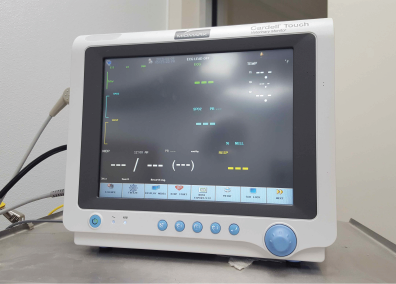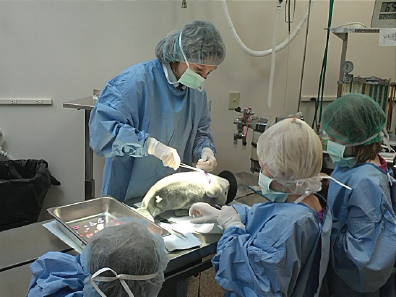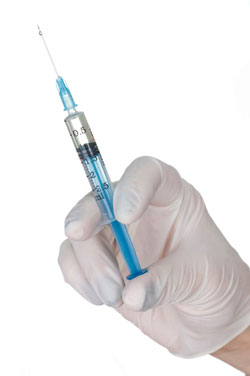

Making sure our patients remain safe during surgery and other medical procedures is extremely important to us. Our team of veterinarians and veterinary technicians is skilled in using anesthesia and monitoring patients to ensure their safety and provide the most comfortable experience (We have a heated surgery table). Anesthesia and patient monitoring vary greatly from clinic to clinic. You can be confident that we use the most effective and up-to-date protocols. The type of anesthesia we use depends on the procedure. Some require general anesthesia, while others may only call for local anesthesia. We also closely monitor every procedure, regardless of whether it’s routine or more advanced. We utilize a Cardell touch monitor in the surgery suite and a Cardell veterinary monitor at the dental table as well as a portable monitor that the doctor can also view on a cell phone from the surgery room while another patient is being prepped for surgical procedures. For more specific information on our protocols, please see the individual descriptions or contact us with any questions.


For some procedures, your pet will need to be administered general anesthesia so that he or she will be unconscious and not feel pain. Many pet owners worry about their pets being administered general anesthesia. We can assure you that modern anesthesia is generally quite safe; to further lower any risk, we perform a physical examination and run blood work…

If your pet is having a minor surgical or diagnostic procedure performed, we sometimes use a local anesthetic to help control pain. For example, when we perform a biopsy (in which a small portion of tissue is surgically removed so it can be examined), we often use a local anesthetic. Local anesthetics cause a loss of sensation in the area…